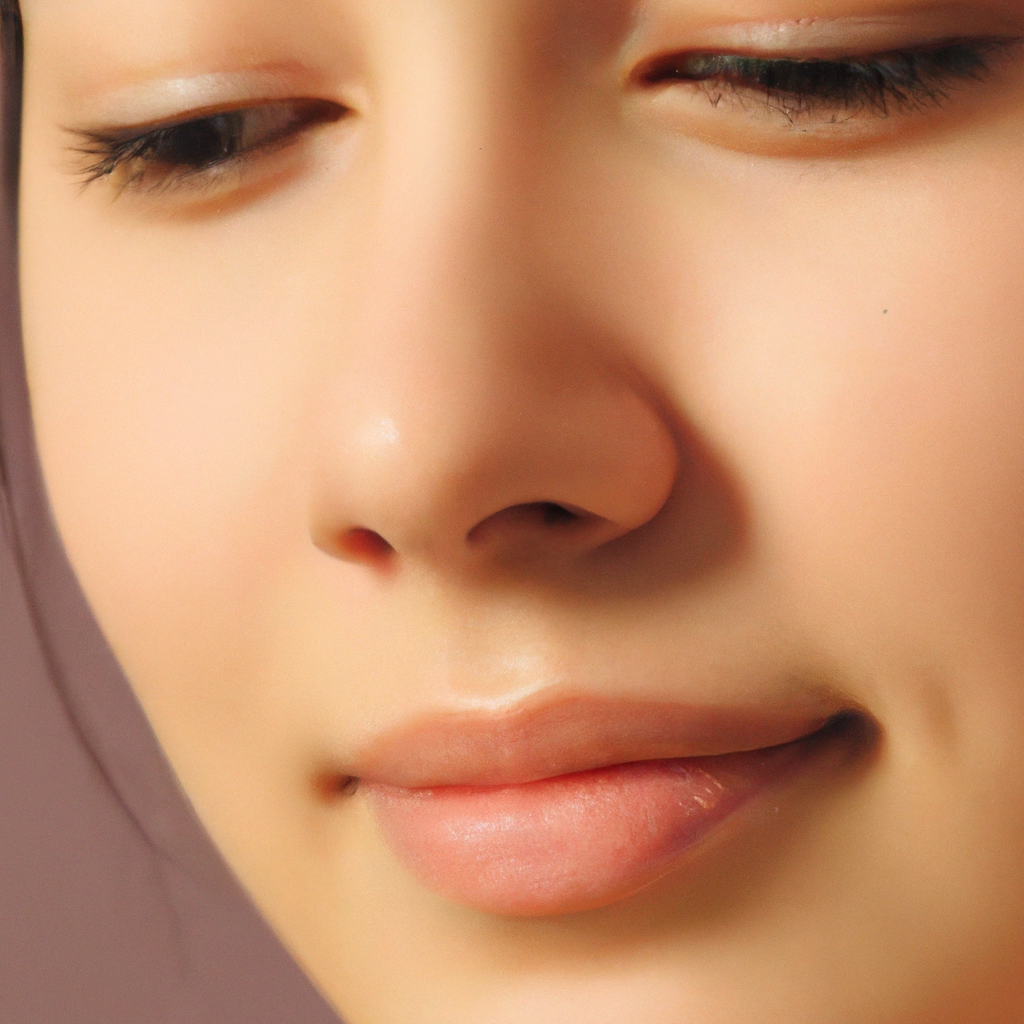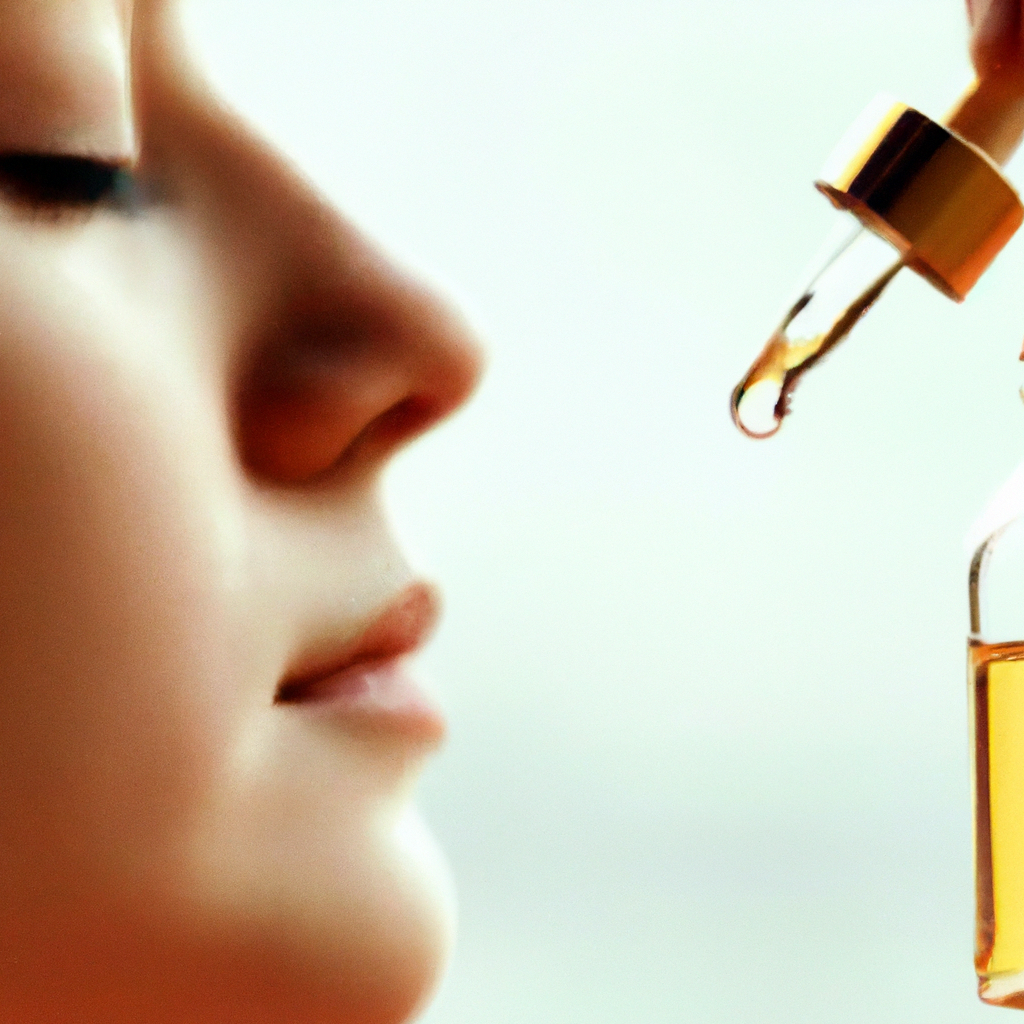Are you looking to reduce the stubborn periorbital fat that commonly accumulates around your eyes? If so, you are not alone. Many individuals strive to achieve a more youthful and refreshed appearance by targeting this specific area. Fortunately, there are various effective ways to help reduce periorbital fat and achieve the desired results. In this article, we will explore some helpful techniques and lifestyle changes that can assist in reducing periorbital fat, allowing you to enhance the overall appearance of your eyes. Get ready to uncover the secrets to a more toned and rejuvenated eye area!
1. Understanding Periorbital Fat
Periorbital fat refers to the fat deposits that are present in the area around the eyes. This fat plays a crucial role in protecting the eyes and providing them with cushioning. However, excess periorbital fat can lead to various health risks and aesthetic concerns. It is important to understand what periorbital fat is and what causes its excessive presence.
1.1 What is Periorbital Fat?
Periorbital fat, also known as eye bags or under-eye fat, refers to the natural fat pads that are present around the eyes. These fat pads provide protection to the eyeballs and help maintain proper eye function. However, when there is an excess amount of periorbital fat present, it can result in a puffy or swollen appearance around the eyes.
1.2 Causes of Excessive Periorbital Fat
There are several factors that can contribute to the accumulation of excessive periorbital fat. These include genetics, aging, lifestyle habits, and certain medical conditions. Genetics plays a significant role, as some individuals may naturally have a predisposition to have more periorbital fat. Aging also leads to a loss of skin elasticity and weakening of the muscles, which can cause fat to become more prominent. Unhealthy lifestyle habits such as poor nutrition, lack of exercise, inadequate sleep, and high stress levels can contribute to the development of excess periorbital fat. Medical conditions like thyroid disorders and allergies can also lead to the accumulation of fat around the eyes.
2. Health Risks Associated with Excess Periorbital Fat
Excess periorbital fat can have a range of health risks, both related to eye health and overall appearance. It is important to be aware of these risks and take appropriate measures to address them.
2.1 Eye Health Issues
One of the primary concerns with excess periorbital fat is its impact on eye health. The swollen or puffy appearance caused by excessive fat can affect the proper functioning of the eyelids, potentially leading to discomfort, dry eyes, and irritation. The excess fat can also obstruct vision or cause a sensation of heaviness in the eyes. In severe cases, it may even lead to eyelid ptosis, where the eyelids droop and impair vision.
2.2 Appearance-related Concerns
Excessive periorbital fat can also have aesthetic implications. Many individuals with eye bags or puffy under-eye areas feel self-conscious and perceive them as signs of aging or fatigue. These concerns can significantly affect one’s confidence and self-esteem, leading to decreased overall well-being.
2.3 Impact on Self-esteem
The appearance of excess periorbital fat can have a significant impact on an individual’s self-esteem and body image. Feeling unhappy with one’s appearance can lead to decreased confidence, social withdrawal, and psychological distress. Resolving the issue of excess periorbital fat can help improve self-esteem and overall emotional well-being.


3. Lifestyle Changes for Periorbital Fat Reduction
While there are surgical and non-surgical treatment options available for reducing periorbital fat, making certain lifestyle changes can also be effective in managing the condition.
3.1 Balanced Diet
Maintaining a balanced diet that is rich in fruits, vegetables, whole grains, and lean proteins can help reduce overall body fat, including periorbital fat. Avoiding processed and high-sugar foods can also contribute to a healthier weight and diminish the appearance of eye bags.
3.2 Regular Exercise
Regular exercise is essential for overall health and plays a significant role in reducing body fat. Engaging in cardiovascular activities such as running, cycling, or swimming can help burn calories and promote fat loss. Strength training exercises focused on the facial muscles can also be beneficial in toning the facial area, including the periorbital region.
3.3 Adequate Sleep
Getting enough sleep is crucial for maintaining overall health and reducing periorbital fat. Lack of sleep can cause fluid retention and inflammation, leading to puffiness around the eyes. Aim for 7-9 hours of quality sleep each night to promote proper rest and recovery.
3.4 Stress Management
High stress levels can contribute to the accumulation of periorbital fat. Stress triggers the release of cortisol, a hormone that promotes fat storage, particularly in the abdominal area. Implementing stress management techniques such as meditation, deep breathing exercises, or engaging in hobbies can help reduce stress levels and indirectly contribute to fat reduction.
4. Facial Exercises to Reduce Periorbital Fat
In addition to lifestyle changes, certain facial exercises can specifically target and tone the periorbital region. These exercises can help strengthen the muscles around the eyes and reduce the appearance of eye bags.
4.1 Eye Squeezes
Eye squeezes involve closing your eyes tightly and squeezing them shut for a few seconds. This exercise helps strengthen the muscles around the eyes, reducing puffiness and promoting a tighter appearance.
4.2 Eye Circles
Eye circles involve moving your eyes in circular motions, both clockwise and counterclockwise. This exercise helps improve blood circulation, reduce fluid retention, and tone the periorbital muscles.
4.3 Eyebrow Lifts
Eyebrow lifts involve raising your eyebrows as high as possible while keeping your eyelids relaxed. This exercise helps strengthen the muscles above and around the eyes, improving eye contours and reducing the appearance of periorbital fat.
4.4 Cheek Puffs
Cheek puffs involve filling your mouth with air and transferring the air from cheek to cheek. This exercise engages the muscles in the lower face and helps tone the periorbital region.


5. Healthy Habits for Periorbital Fat Reduction
In addition to lifestyle changes and facial exercises, adopting certain healthy habits can contribute to the reduction of periorbital fat.
5.1 Hydration
Staying hydrated is essential for overall health and can help reduce fluid retention, which may contribute to eye puffiness. Aim to drink at least 8 glasses of water per day to promote proper hydration and flush out toxins from the body.
5.2 Limit Salt Intake
Excessive salt intake can cause water retention in the body, leading to puffiness around the eyes. Limiting your consumption of processed and salty foods can minimize fluid retention and help reduce periorbital fat.
5.3 Quit Smoking
Smoking can worsen the appearance of periorbital fat by increasing inflammation and damaging the collagen and elastin in the skin. Quitting smoking can improve overall skin health and reduce the prominence of eye bags.
5.4 Reduce Alcohol Consumption
Excessive alcohol consumption can dehydrate the body and lead to fluid retention, resulting in puffiness around the eyes. Reducing alcohol intake can help minimize eye bags and promote overall wellness.
5.5 Limit Screen Time
Excessive screen time, particularly in front of digital devices, can strain the eyes and lead to fatigue and irritation. Taking regular breaks from screens and practicing good eye hygiene, such as blinking frequently and using proper lighting, can help reduce periorbital fat-related eye discomfort.
6. Non-surgical Treatment Options
For those seeking more immediate or substantial results, there are various non-surgical treatment options available to reduce periorbital fat.
6.1 CoolSculpting
CoolSculpting, or cryolipolysis, is a non-invasive procedure that uses controlled cooling to freeze and eliminate fat cells. This treatment can be used to target periorbital fat, leading to a reduction in eye bags and a more youthful appearance.
6.2 Radiofrequency Skin Tightening
Radiofrequency skin tightening utilizes heat energy to stimulate collagen production and tighten the skin. This treatment can help improve the elasticity and firmness of the periorbital area, reducing the appearance of eye bags.
6.3 Facial Fillers
Facial fillers, such as hyaluronic acid injections, can be used to restore volume and contour the periorbital region. This treatment can help reduce the appearance of eye bags and improve overall facial harmony.
6.4 Laser Treatments
Laser treatments, such as fractional laser resurfacing, can help improve skin texture and tighten the periorbital area. These treatments stimulate collagen production and can be effective in reducing periorbital fat and improving the appearance of eye bags.
7. Surgical Procedures for Periorbital Fat Reduction
In cases where non-surgical treatments may not provide the desired results, surgical procedures can be considered for periorbital fat reduction.
7.1 Blepharoplasty
Blepharoplasty, commonly known as eyelid surgery or eye lift, is a surgical procedure that involves the removal of excess skin, fat, and muscle from the eyelids. This procedure can effectively address periorbital fat and improve the overall appearance of the eyes.
7.2 Eyelid Surgery
Eyelid surgery, similar to blepharoplasty, focuses on correcting functional and aesthetic concerns of the eyelids. It can involve the removal or repositioning of periorbital fat to reduce eye bags and achieve a more youthful appearance.
8. Consultation with a Professional
When considering treatment options for periorbital fat reduction, it is important to consult with a qualified cosmetic surgeon or medical professional. Here are some key points to consider during the consultation process.
8.1 Finding a Qualified Cosmetic Surgeon
Research and find a reputable cosmetic surgeon who specializes in periorbital fat reduction procedures. Check their credentials, reviews, and before-and-after photos to ensure they have the necessary expertise and experience.
8.2 Initial Assessment
During the consultation, the surgeon will conduct an initial assessment of your concerns and evaluate the severity of your periorbital fat. They will discuss your goals, medical history, and any potential risks associated with the chosen treatment.
8.3 Customized Treatment Plan
Based on the assessment, the cosmetic surgeon will develop a customized treatment plan tailored to your specific needs and goals. They will explain the details of the procedure, potential outcomes, and the recovery process.
9. Maintaining Results
After undergoing periorbital fat reduction treatment, it is important to follow proper aftercare and maintain the results achieved.
9.1 Follow-up Care
Attend follow-up appointments with your cosmetic surgeon to ensure proper healing and address any concerns or complications that may arise.
9.2 Recommended Lifestyle Changes
Continue practicing the healthy lifestyle habits mentioned earlier, such as maintaining a balanced diet, regular exercise, adequate sleep, stress management, hydration, and limiting salt and alcohol consumption. These habits will not only help maintain the results but also promote overall well-being.
9.3 Possible Reinjection or Touch-up Treatments
In some cases, additional reinjection or touch-up treatments may be required to achieve the desired results. This will be determined and discussed during your follow-up appointments with your cosmetic surgeon.
10. Safety Precautions
When considering any treatment for periorbital fat reduction, it is important to be aware of potential risks and take necessary safety precautions.
10.1 Understanding Potential Risks
Consult with your cosmetic surgeon to fully understand the potential risks and complications associated with the chosen treatment option. This will help you make an informed decision and ensure your safety.
10.2 Researching Treatment Providers
Thoroughly research treatment providers and ensure they are reputable, licensed, and experienced in performing the chosen procedure. Look for testimonials, reviews, and recommendations from trusted sources.
10.3 Following Post-treatment Instructions
Follow all post-treatment instructions provided by your cosmetic surgeon. This includes proper wound care, medication usage, activity restrictions, and attending follow-up appointments. Adhering to these instructions will help minimize risks and promote optimal healing and results.
In conclusion, periorbital fat can have various health risks and aesthetic concerns, but there are numerous options available for its reduction. From lifestyle changes to non-surgical treatments and surgical procedures, individuals can choose the approach that best suits their needs and goals. By consulting with a professional and maintaining recommended lifestyle habits, long-lasting results can be achieved, leading to improved eye health, increased self-esteem, and a more youthful appearance.



